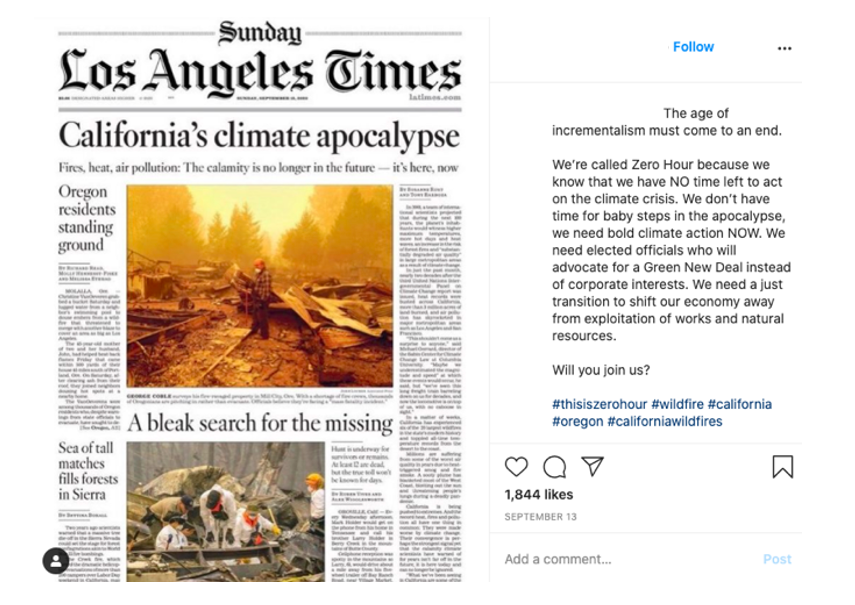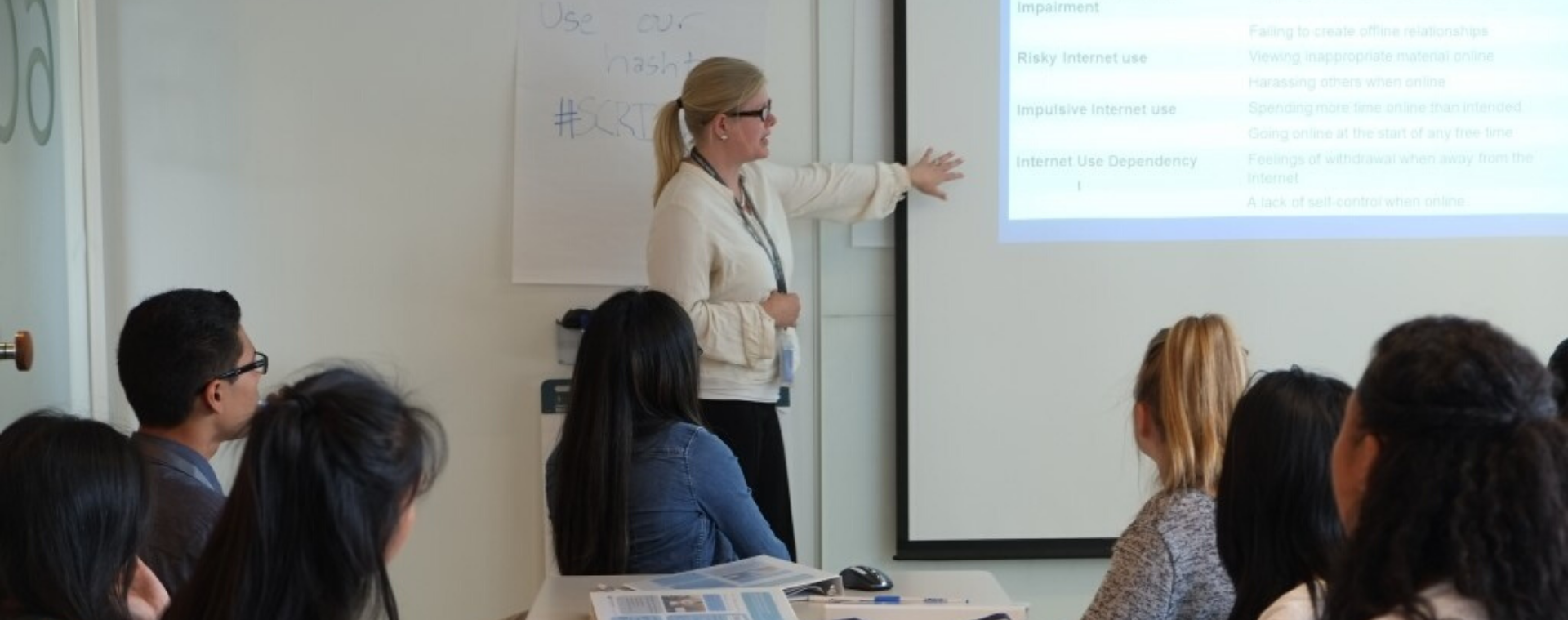
By: Lekha Pillarisetti
The climate crisis is considered to be a global threat that is slowly encroaching on our way of life. Yet, many are seemingly unbothered by climate catastrophes, like the California fires that destroyed over 4,359,517 acres, displacing thousands of families. As a Californian myself, it is heartbreaking to see mass destruction on such a large scale go unnoticed by major politicians. Especially, those who can enact policy change that will mitigate the effects of this climate change crisis. In the following post, I will go through three simple tips on how to ‘up’ your activism, utilizing various Instagram tools to do so.
1. Save it for later

Make use of Instagram’s bookmark (post) or save (reel) feature. Creating content that your audience can save and refer back on is key for audience engagement. Even if audience members cannot engage in the moment, it promises that they will be able to access information you put out easily. Outside of the social world, it can increase the likelihood of sharing information accurately when posts are available to look back on.
The key is to create interesting and informative titles either through the word content or the aesthetics to attract an audience, demonstrated in the post above.
2. Hashtag it out

You’ve probably used hashtags on the Instagram platform. Since its birth, Instagram has used hashtags as a mechanism for disseminating and categorizing content. However, many can find that the bulky hashtag icons can clash with the aesthetic of their post/highlights. For highlights, simply hide the hashtags behind photos using the dragging function, choose the background color as the font color or color over them in the background color using the pen tool. For posts, you can use the ‘tag’ emoji and comment it on your post. Then reply to your comment with five dots in a vertical line and then typing out your hashtags. On the app, this comment will simply be […]. This will create a minimalistic look while ensuring your hashtags are still being used.
3. Don’t read into it

Although Instagram has evolved throughout the past few years, increasing in number of users and popularity, it is important to realize how users think. The vastness of Instagram makes it easy to judge posts (and users) on face-value. For activism, this means that without reading too much into a post, your audience should know what it is about. For organization accounts, this could mean content that is direct and to the point with titles that state a topic of discussion. For personal accounts, this could mean personalizing a message to fit your social media bubble (users that you follow, follow you or generally interact with you the most).
As someone who is an activist for a variety of issues, this is key as I use my personal account for much of my social media activism. I usually relate my posts to people in the Bay Area, using topics like boba tea or Starbucks and reusable straws or thrifting/donating clothes. The account above is from a user that is vegan. To relate to her audience, she promotes how a vegan lifestyle is better for the environment and how vegans can change small things in their life to be environmentally friendly.
Summary

Using Instagram and familiarizing yourself with the tools is a long process but can be simplified using these steps: creating direct/easy-to-use content, using hashtags to disseminate information quickly and creating relatable content. A key point is that even users that use personal accounts can follow these steps to spread useful information. Being an activist in a digital age, means social media activism is as effective as in-person activism. But during a pandemic, where the public is uncertain, social media misinformation can be a threat to public safety. Therefore, whether you are passionate about climate change, COVID-19 safety, Black Lives Matter or more, it is imperative to use the tools available, to take a stance against the uncertain and provide stability during times of crisis.

